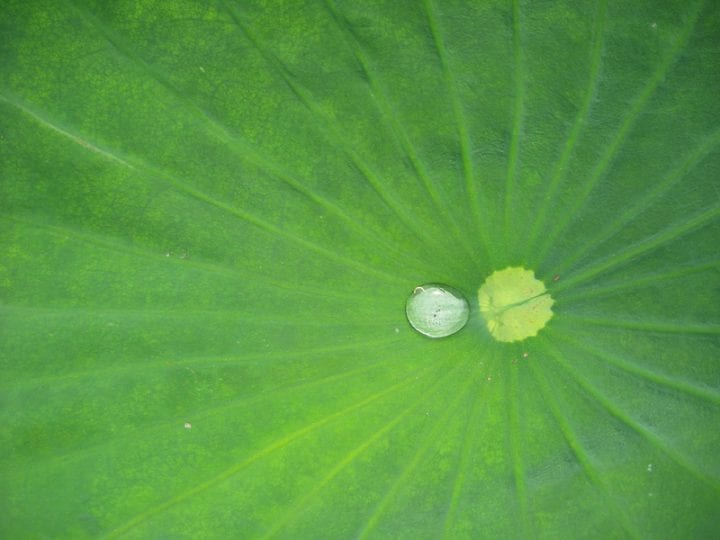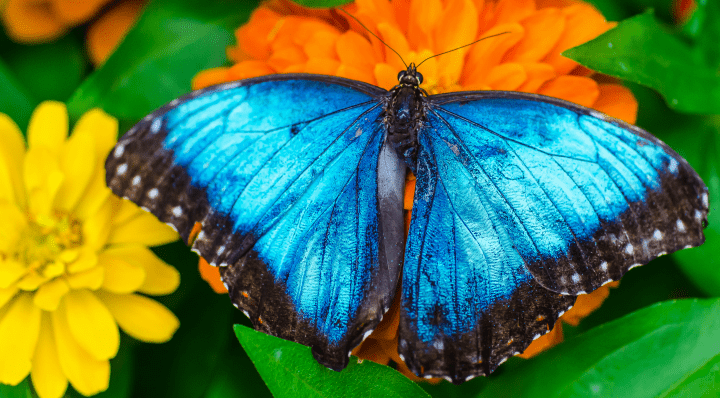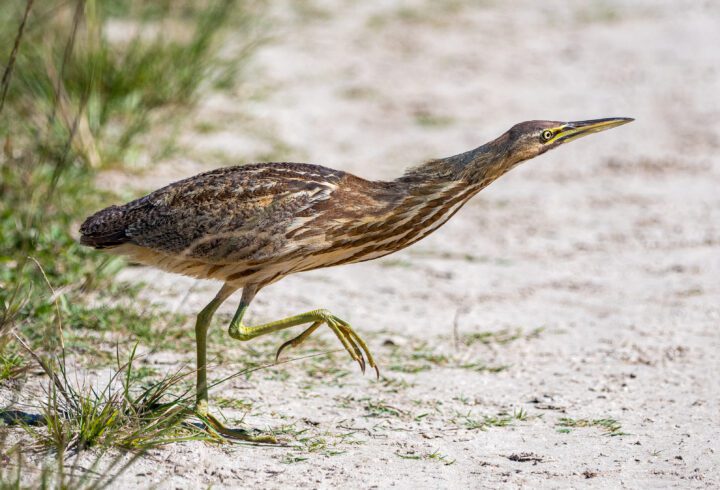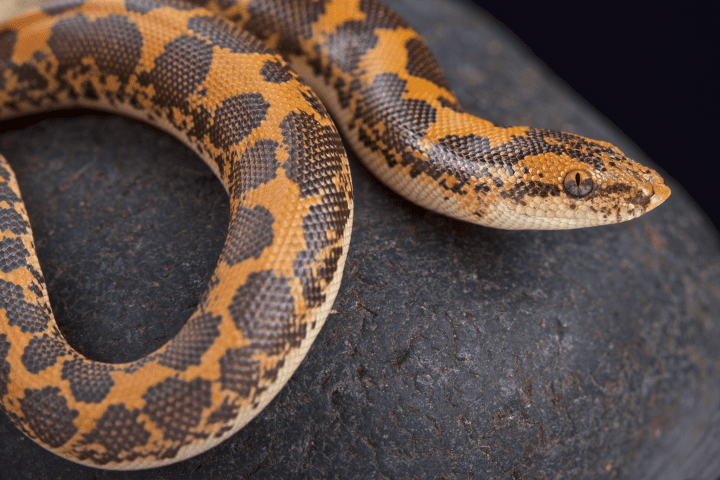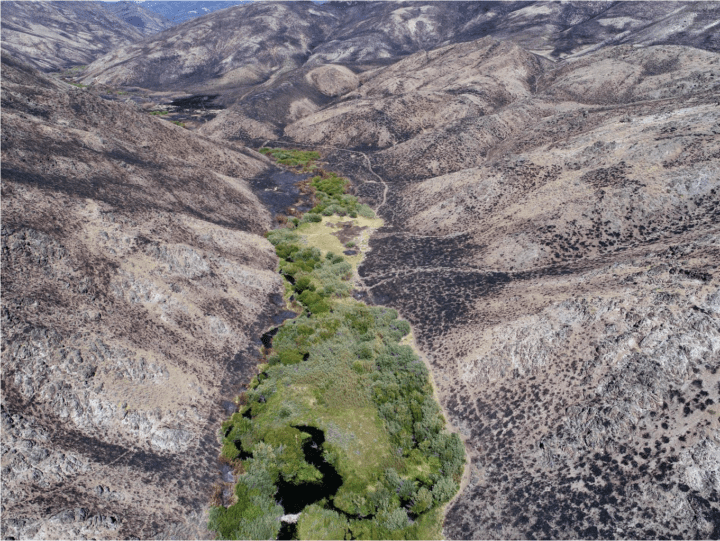Renewable coating of brochosomes on leafhopper skin protects from sticky honeydew by repelling water.
Introduction
Leafhoppers are small insects that feed on sap from the leaves of deciduous trees. They excrete droplets of a liquid waste called honeydew. Excreted honeydew falls as a constant rain onto anything that happens to be underneath, including leaves and other leafhoppers that might be feeding from the same tree. Honeydew is very sticky and, for these tiny animals less than 8 mm long, becoming clogged up by it can be very dangerous.
The Strategy
Brochosomes are tiny hollow football-shaped honeycomb spheres 400 nm across. Leafhoppers produce brochosomes from a special and then use a comb-like arrangement of setae, or hairs, on their legs to apply brochosomes across the whole surface of their bodies, including their eyes. Insect skin coated with brochosomes is superhydrophobic—meaning it is able to repel water as well as other water-based liquids like honeydew.
Many animals and plants have solid surfaces that are water-repellent, but leafhopper brochosomes are a powder coating. This means they adhere to the surface of droplets that contact the insect and move with them as they roll off. Brochosomes also form a rough surface as they aggregate to different depths. This creates hierarchical surface roughness, which is one of the keys to water repellency.
The often intricate structures that make a surface water repellent are susceptible to damage. Structures that are built directly into the solid surface of an organism, like those of the sacred lotus plant and springtail skin, are difficult to repair. But because leafhoppers use a renewable coating of spheres, if anything removes the brochosomes, the coat can be quickly replaced. Furthermore, spheres are connected into branching chains. This means that, if spheres at one end of a chain are dislodged, those at the other end might stay attached to the animal. By repeatedly and vigorously grooming themselves, leafhoppers heal their water-repellent coat in a way that isn’t possible for organisms with permanent repellent surfaces.
The Potential
Leafhoppers’ brochosome-based superhydrophobic skin provides a blueprint for the development of advanced water-repellent coatings. Engineers and materials scientists could explore replicating this mechanism to create self-renewing, water-resistant coatings for various applications, such as textiles, building materials, and even electronics. These coatings could potentially reduce the need for more costly maintenance and replacements, contributing to sustainability.




